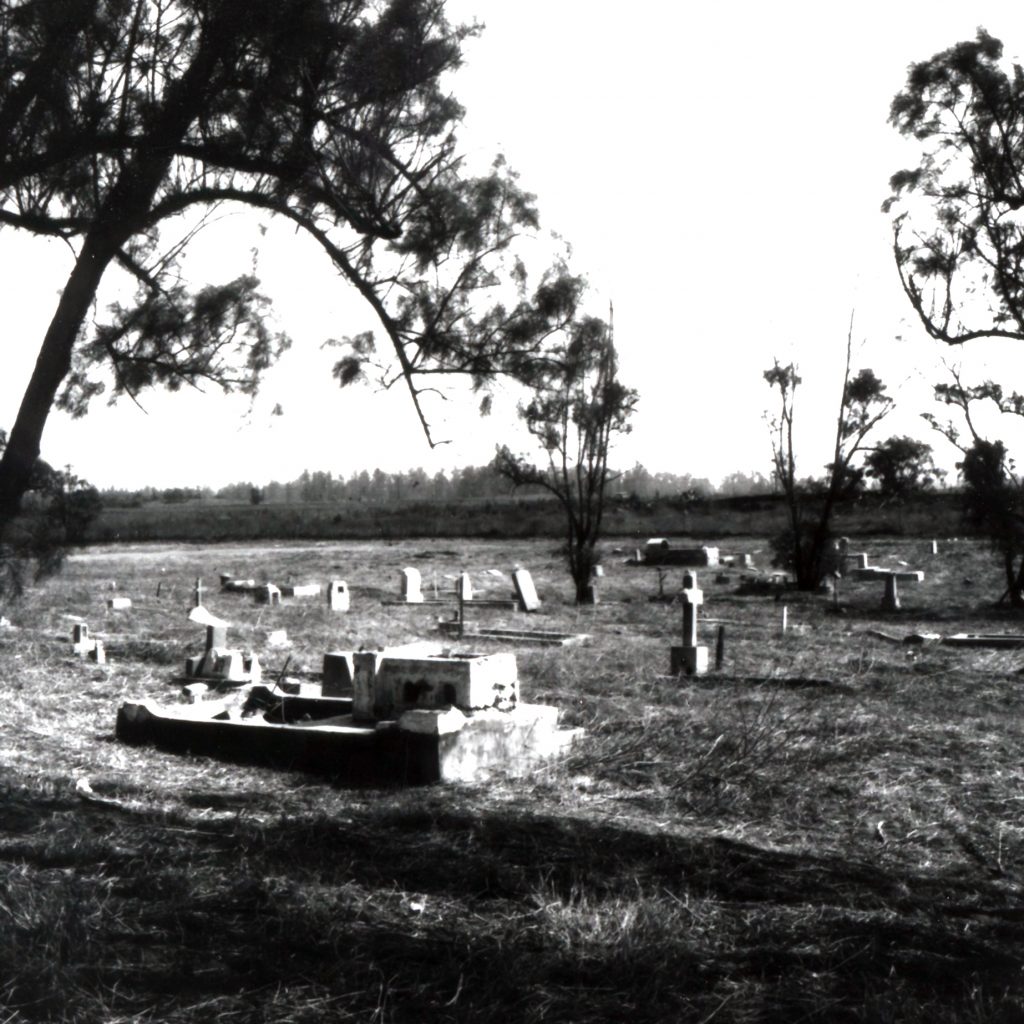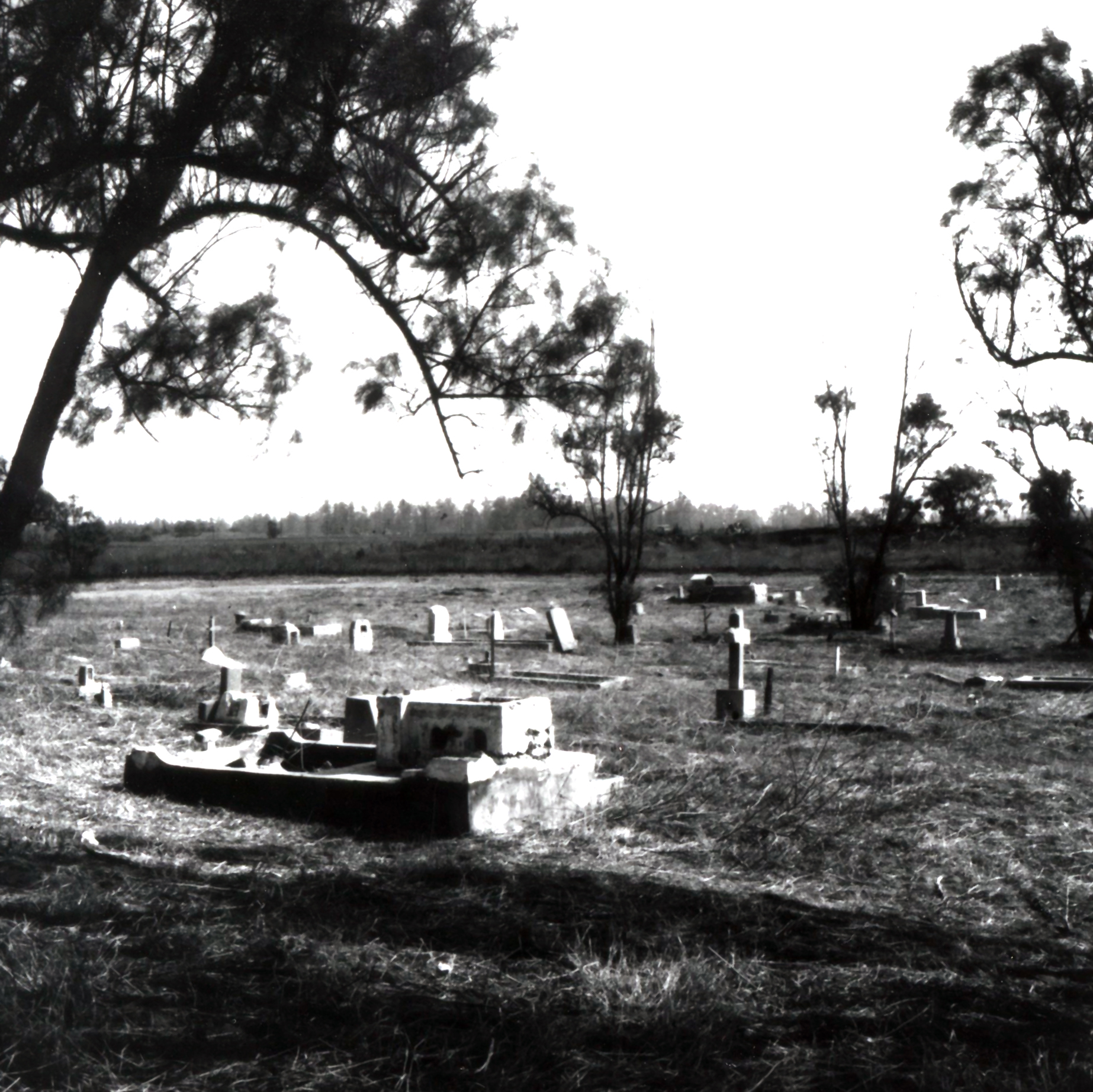

Courtesy of San Bernardino County Museum.
This week’s history feature will focus on the rich heritage of the Agua Mansa Pioneer Cemetery in Colton.
In the early 1840s, landowners like Don Antonio Maria Lugo and Juan Bandini were recruiting settlers to move to their properties to act as barriers against frequent raids. Bandini offered an estimated 2,000 acres of his Jurupa Rancho while Lugo offered around half as many acres of his San Bernardino Rancho. Offers were made to New Mexican travelers, who had been traveling from Santa Fe, New Mexico to Los Angeles, California on the Old Spanish Trail. Lugo was the first to make an offer, and in 1841, Manuel Lorenzo Trujillo accepted.
Manuel Lorenzo Trujillo was born in Abiquiu, New Mexico in 1794. In the 1840s, he led Agua Mansa’s pioneering families from New Mexico along the Old Spanish Trail. Eighteen heads of families, including Trujillo, are listed as having arrived at Lugo’s ranch in 1843. They settled there briefly before moving to the land offered by Bandini. The land was at the northern end of the Jurupa Rancho, roughly four miles down the Santa Ana River from their previous location.
The community established themselves on both sides of the Santa Ana River. The community on the south side was known as La Placita de los Trujillos (“Trujillos’ Little Town”) and the one on the north was Agua Mansa (“gentle water”). Lorenzo Trujillo entered an oral agreement with Bandini and helped represent the settlers to ensure land was distributed evenly. Each settler received a tract of land that ran an estimated 500 feet near the river. Trujillo and his fellow settlers were known to be “devout, pious and hospitable.” Religion was important to Trujillo, and he played a vital role in the building the community’s church. A permanent adobe chapel, San Salvador Church, was established in 1853.
Trujillo died in 1855 before he could see the raging flood that destroyed the young settlements on Jan. 22, 1862. The Agua Mansa Pioneer Cemetery and chapel were all that survived. He was buried in an unmarked grave at Agua Mansa Cemetery. More than a century later, a sculpture was placed by his descendants at the site to commemorate his legacy in San Bernardino County history.
The Agua Mansa Cemetery still stands today, surrounded by warehouses and development, a respectful glimpse into the past. A full-size replica of the San Salvador church was constructed in 1978 with the help of Friends of Agua Mansa Pioneer Cemetery. The cemetery is now officially designated by the National Park Service as a site of historic significance on the Old Spanish Trail. It is used today as a museum and is located at 2001 Agua Mansa Road in Colton. The historic cemetery is open Sunday through Thursday from 10 a.m. to 3 p.m. Admission is free to the public.
Additional County Update News – August 15, 2024
- County health officer announces retirement
- Museum unveils STEAM Lab with ribbon-cutting ceremony and open house
- Registrar working with city clerks to cope with error
- County right-sizes use of videoconferencing sites
- Transient Occupancy Tax website unveiled
- Oriental fruit fly quarantine lifted in Redlands area
- County hosts successful street vending workshops
- Building Stronger Communities Together: National Night Out 2024
- Code Enforcement prevents potential disaster at unpermitted site
- Public Health hosts event celebrating National Breastfeeding Month
- Probation champions community safety and youth empowerment
- Plan for southbound 71 weekend full closure this weekend
- Museums offer new online system to schedule field trips
- Calling all artists for the 2024 Hispanic Heritage Month art exhibit
- Wellness Works Here: Start Your Journey
- Register for this year’s State of the County
- Clear the Shelters continues with low-cost adoptions Aug 10 – Sept. 10
- San Bernardino County destinations
- San Bernardino County history
- Things to Do
- Pet of the Week
